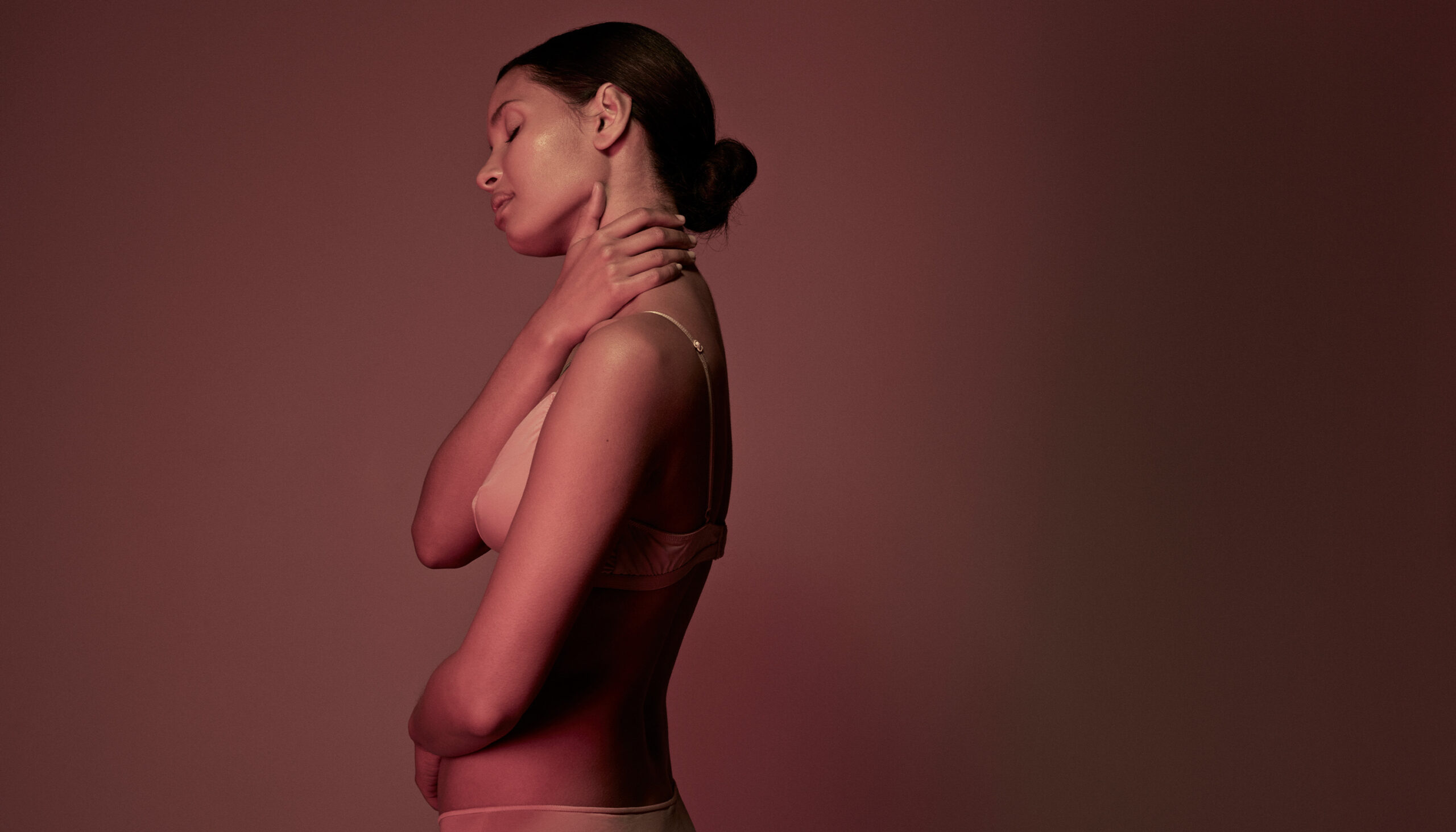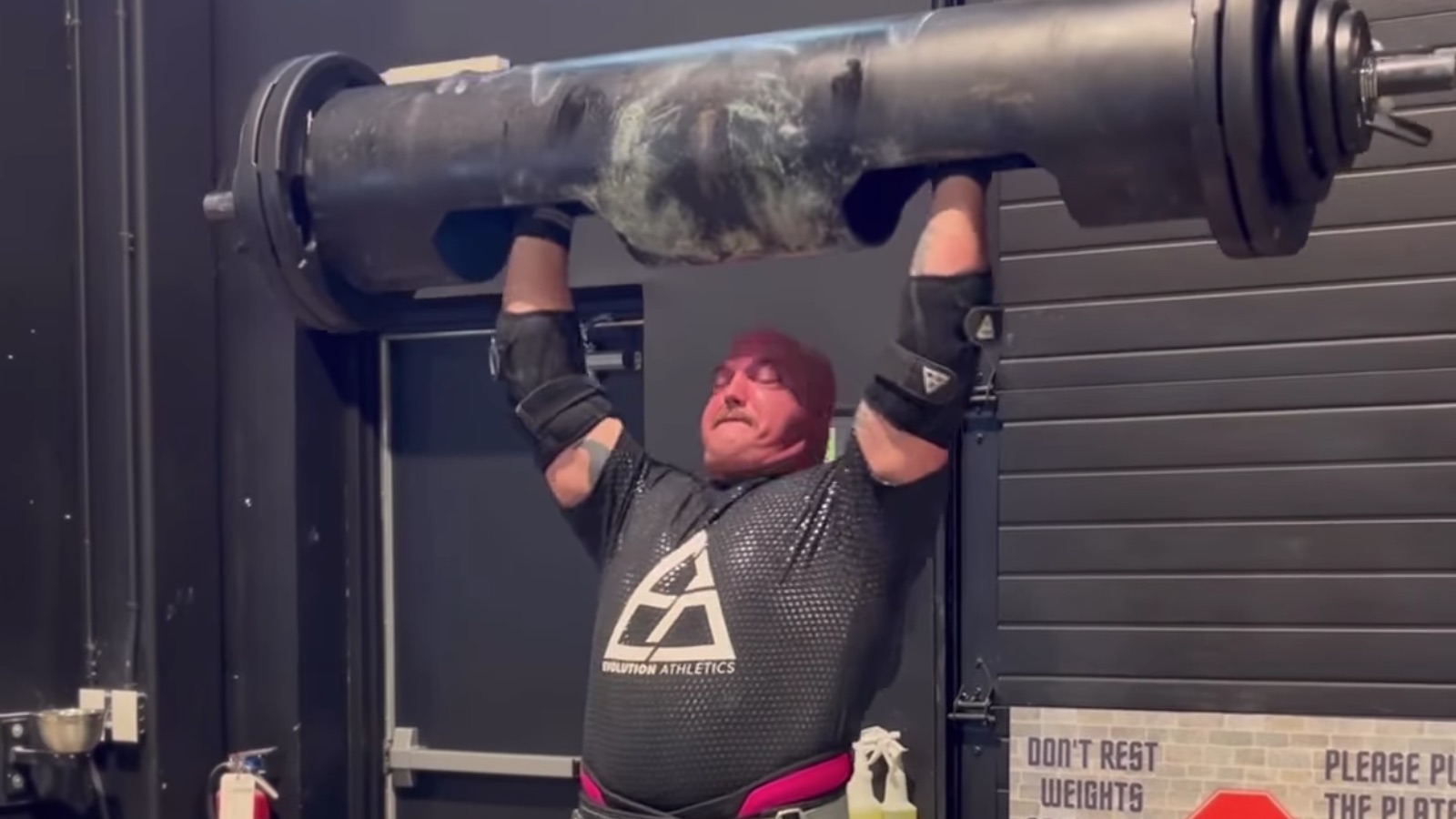
Everyone should be checking their breasts “using three fingers, keeping the fingers perfectly straight (not bending them) and using firm pressure so that the beginning of the white color of your nail bed can be seen,” says National Breast Cancer Foundation Medical Advisory Council member Lillie D Shockney, RN. However, those with breast implants need to be even more attentive when they check their breasts. For example, Shockney says those with implants need to spend “more time checking around the edges or circumference of the implant.”
If you have implants, you should be getting your breasts checked by your doctor routinely. However, if something comes up in between appointments, be sure to reach out. “You should trust your intuition. If something does not seem right, get it checked out,” says New York plastic surgeon David Shafer, MD.
Find a Doctor
Find a NewBeauty “Top Beauty Doctor” Near you






